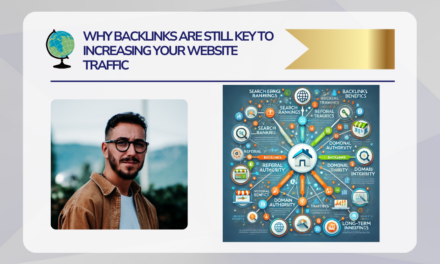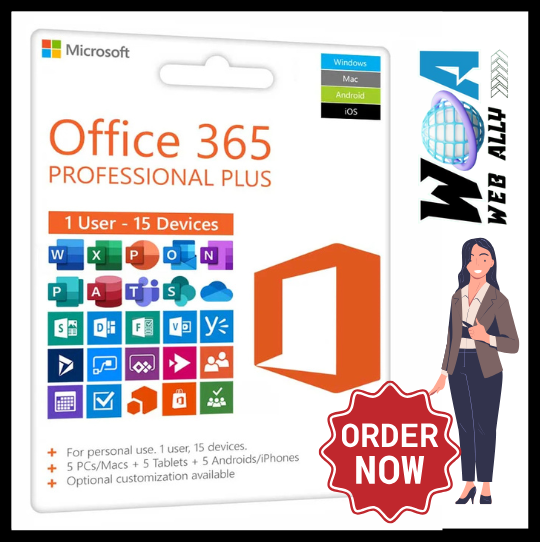Search Engine Optimization (SEO) is one of the most effective and cost-efficient ways to drive organic traffic to your website. Unlike paid advertising, SEO helps your site rank higher in search engine results pages (SERPs), meaning more visitors find your content without you having to pay for each click. To help you increase your site’s organic traffic, here are some key strategies and techniques to implement.
1. Conduct Thorough Keyword Research
The first step in any successful SEO campaign is keyword research. By understanding what terms and phrases your target audience is searching for, you can optimize your content to match those search queries. Tools like Google Keyword Planner, Ahrefs, and SEMrush can help you identify relevant keywords with a good balance of search volume and competition.
When conducting keyword research, focus on:
- Long-tail keywords: These are longer, more specific phrases that often have lower competition and higher conversion rates. For example, instead of targeting “digital marketing,” you could target “digital marketing strategies for small businesses.”
- Search intent: Make sure the keywords you choose align with the intent of users searching for them, whether it’s informational, navigational, or transactional.
2. Optimize On-Page Elements
Once you have a list of targeted keywords, it’s time to optimize your website’s on-page elements. These are the elements that can be controlled within the content and HTML code of your site.
- Title Tags: The title tag is a key ranking factor and should include your primary keyword. It also needs to be compelling enough to encourage users to click when they see it in search results.
- Meta Descriptions: Though not a ranking factor, a well-written meta description can improve your click-through rate (CTR). Include your main keyword and make the description enticing.
- Headings and Subheadings (H1, H2, etc.): Use your target keywords in headings and subheadings to organize content and help search engines understand the structure and relevance of your page.
- Internal Linking: Linking to other relevant pages within your website helps search engines crawl your site and can improve rankings for other pages.
- Image Optimization: Compress images to improve page load speeds and add alt text that describes the images using relevant keywords.
3. Create High-Quality Content
Content is king when it comes to SEO. Google rewards sites that provide valuable, well-written, and informative content. By consistently producing high-quality articles, blogs, product descriptions, or videos, you increase the chances of attracting and retaining visitors.
- Focus on User Experience: Your content should be easy to read, informative, and engaging. Break it down with clear headings, bullet points, and short paragraphs to enhance readability.
- Use Relevant Keywords Naturally: While it’s important to use your target keywords, avoid keyword stuffing. Your content should read naturally for humans, not just search engines.
- Answer User Questions: Address the questions and concerns your audience has. Search engines like Google aim to provide users with the best possible answers to their queries, so be thorough in your content.
4. Improve Your Website’s Technical SEO
Technical SEO involves optimizing the backend of your site to ensure it is accessible, crawlable, and efficient for search engines. Here are a few key aspects to focus on:
- Site Speed: Google considers page load time as a ranking factor. If your website loads slowly, visitors are more likely to leave before even seeing your content. Use tools like Google PageSpeed Insights to identify areas for improvement.
- Mobile Optimization: With mobile-first indexing, ensuring your site is fully optimized for mobile devices is crucial. A responsive design that adapts to different screen sizes will enhance user experience and improve rankings.
- XML Sitemap: Submit an XML sitemap to search engines to help them crawl and index your site’s pages more efficiently.
- Fix Broken Links: Broken links can harm both user experience and SEO. Regularly check for 404 errors and fix any broken links that may appear.
5. Build High-Quality Backlinks
Backlinks, or inbound links from other websites, are one of the most important ranking factors for SEO. They act as a vote of confidence, signaling to search engines that your content is valuable and authoritative.
To build backlinks:
- Guest Blogging: Write articles for other reputable blogs in your industry. This gives you a chance to link back to your website and drive referral traffic.
- Influencer Outreach: Reach out to influencers or industry leaders and ask if they would be willing to share or link to your content.
- Create Shareable Content: Develop content that is highly shareable, such as infographics, research reports, or guides. The more people share your content, the more backlinks you’ll acquire.
6. Leverage Local SEO
If you have a local business, local SEO is crucial for attracting nearby customers. Here are some tips to improve your local SEO:
- Google My Business Listing: Create and optimize your Google My Business (GMB) profile. Ensure your business information is accurate, complete, and consistent across all platforms.
- Local Keywords: Incorporate location-based keywords into your content. For example, “best digital marketing services in Los Angeles.”
- Local Citations: List your business on local directories and websites to increase your visibility in local search results.
7. Monitor and Analyze Performance
SEO is a long-term game, and it’s important to track your progress to see what’s working and where improvements are needed. Use tools like Google Analytics, Google Search Console, and other SEO tracking software to monitor traffic, rankings, and user engagement metrics.
Key metrics to track include:
- Organic Traffic: Monitor the volume of traffic coming from search engines.
- Bounce Rate: A high bounce rate may indicate your content is not meeting user expectations.
- Conversion Rate: Track how well your organic traffic is converting into leads or sales.
Conclusion
Using SEO to drive organic traffic to your website is not a one-time task but an ongoing process. By implementing effective keyword research, optimizing on-page elements, creating high-quality content, enhancing technical SEO, building backlinks, and leveraging local SEO strategies, you can significantly improve your site’s visibility and attract more visitors. Remember that SEO results take time, but with consistent effort, you can achieve lasting success and build a sustainable flow of organic traffic to your site.















